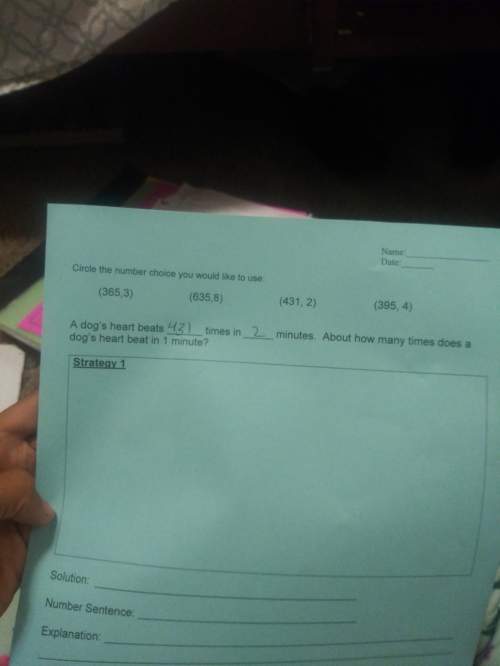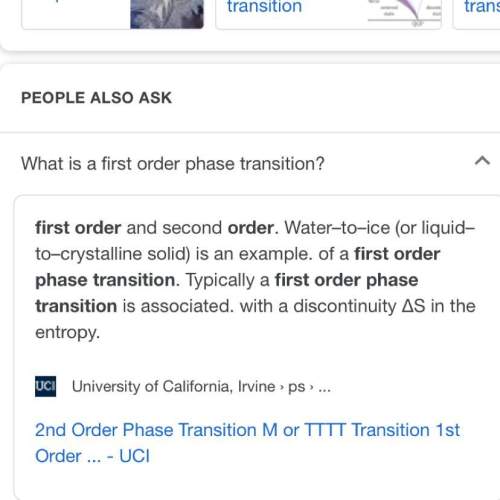
Physics, 21.02.2020 16:32 mechelllcross
To understand projectile motion by considering horizontal constant velocity motion and vertical constant acceleration motion independently. Projectile motion refers to the motion of unpowered objects (called projectiles) such as balls or stones moving near the surface of the earth under the influence of the earth's gravity alone. In this analysis we assume that air resistance can be neglected. An object undergoing projectile motion near the surface of the earth obeys the following rules: An object undergoing projectile motion travels horizontally at a constant rate. That is, the x component of its velocity, vx, is constant. An object undergoing projectile motion moves vertically with a constant downward acceleration whose magnitude, denoted by g, is equal to 9.80 m/s2 near the surface of the earth. Hence, the y component of its velocity, vy, changes continuously. An object undergoing projectile motion will undergo the horizontal and vertical motions described above from the instant it is launched until the instant it strikes the ground again. Even though the horizontal and vertical motions can be treated independently, they are related by the fact that they occur for exactly the same amount of time, namely the time t the projectile is in the air.

Answers: 3


Another question on Physics

Physics, 22.06.2019 05:30
A2-kg bowling ball is 2.5 meters off the ground on a post when it falls. just before it reaches the ground, it is traveling 7 m/s. assuming that there is no air resistance, which statement is true?
Answers: 3

Physics, 22.06.2019 09:00
What changes occur in the brain during the teenage years? 25 points, someone me out!a.) thinking becomes slower as the brain grows larger. b.) connections between neurons become stronger and faster. c.) unused neurons fuse together to form larger, better functioning neurons. d.) more neurons are developed.
Answers: 2

Physics, 22.06.2019 10:30
Air is to be preheated by hot exhaust gases in a cross-flow heat exchanger before it enters the furnace. air enters the heat exchanger at 95 kpa and 20°c at a rate of 0.6 m^3/s. the combustion gases (cp = 1.10 kj/kg°c) enter at 160°c at a rate of 0.95 kg/s and leave at 95°c. determine the rate of heat transfer to the air and its outlet temperature.
Answers: 2

Physics, 22.06.2019 18:30
Which word expression describes how much to calculate pressure
Answers: 1
You know the right answer?
To understand projectile motion by considering horizontal constant velocity motion and vertical cons...
Questions







Chemistry, 30.06.2019 00:00




Mathematics, 30.06.2019 00:00


Mathematics, 30.06.2019 00:00


Mathematics, 30.06.2019 00:00


Mathematics, 30.06.2019 00:00


English, 30.06.2019 00:00

Spanish, 30.06.2019 00:00





